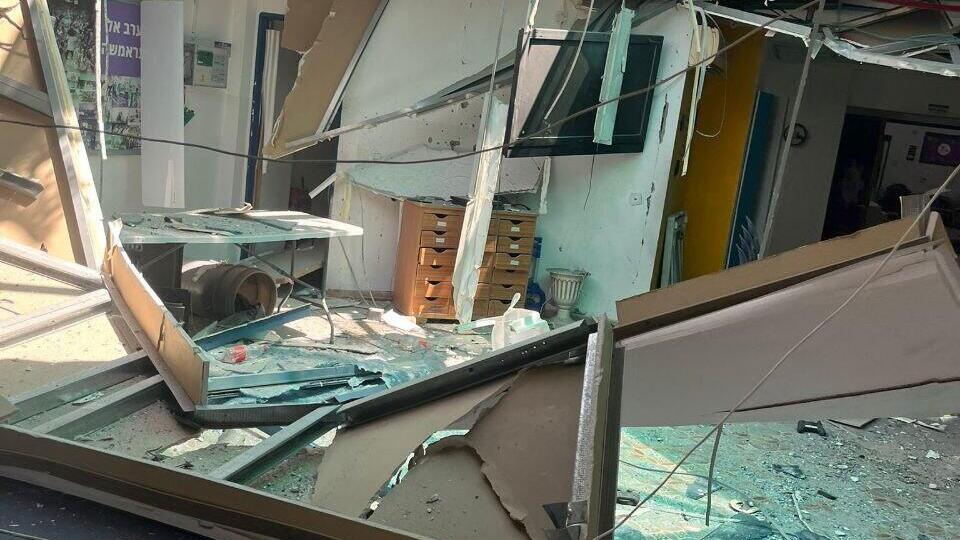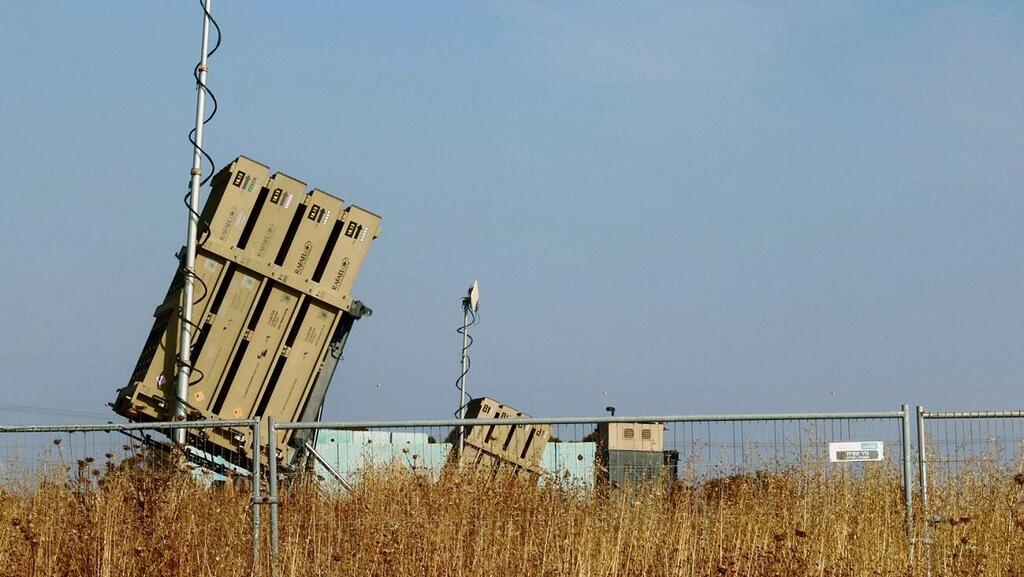Getting your Trinity Audio player ready...
Hezbollah drone strike on northern Israel on Wednesday
The Iran-backed Hezbollah group has been honing its capabilities, inflicting significant damage and casualties in Israel. On Wednesday, a drone strike resulted in 18 soldiers being injured, six of them seriously. Three others were wounded the day before.
The IDF's defenses were unable to intercept the drones before they entered Israeli airspace. While such failures are rare and typically attributed to human error, Hezbollah's attack drones have proven exceptionally effective over the past 48 hours.
Drones use three primary navigation systems. The first is ground-operated using a camera mounted on the drone, allowing the operator to manually control its dive toward the target. The second system employs a predetermined flight path guided by radio signals from satellites, such as GPS.
The third, an autonomous navigation system, follows a preplanned route without external communication, making it more difficult to disrupt. These systems allow drones to act similarly to fighter jets, using "dead zones"—areas not visible to radar or other optical detection—to approach targets. They fly low initially, then ascend just before crashing and detonating on the target.
The terrain of southern Lebanon is particularly conducive to such attacks although Hezbollah operators prefer the autonomous system due to its effectiveness.
But this requires skills that the terror group has honed over months of fighting against Israel. The latest attacks involved a large drone capable of carrying over 50 kg (110 lbs.) of explosives. The terrorists have likely analyzed Israel's alert and interception systems, recognizing that shooting down their drones requires early detection to allow sufficient time for launching interceptors.
The IDF tries to detect any incoming drones on its radar, as it had done prior to the war. Despite Hezbollah's learning curve, the IDF's technological edge offers an advantage. However, the military must recognize that any measure it takes is quickly observed and analyzed, and even the most effective defenses can be incomplete. The terrain near the Lebanon-Israel border continues to pose a challenge, necessitating technological solutions and significant financial investment.







